by John Angus Martin
As the Osprey pushes off the small wooden landing and slowly eases out into the open bay, the 2-hour long journey to Carriacou begins as the picturesque Carenage disappears behind us.
In the AC cabin the passengers begin to relax a bit as they take their seats. and an uneasy quiet takes over for the almost 50 Sierra Leoneans, most making this journey for the first time. It is a trip I have taken several times, but this time it is different, with lots of excitement, like the time 6 years ago to the month (October 2016) when a much smaller group of Sierra Leoneans journeyed to Carriacou to celebrate the “Temne Reunion” with the “Big Drum Nation” of Carriacou.
On 25 November 2022, the Osprey is packed, with 48 Sierra Leoneans (from across the United States, Canada and Sierra Leone), who travelled to Grenada to celebrate the birthday of Amadu Massally. I got to know Amadu back in 2014 or 2015, I can’t remember because it feels like we have known each other for decades, maybe back when I was a Peace Corps volunteer in Sierra Leone. He was recommended by a colleague with whom I had been working on the historical connections between the Temnes of Sierra Leone and the “Temne Nation” of Carriacou (the result of which is The Temne Nation of Carriacou: Sierra Leone’s Lost Family in the Caribbean). Amadu was billed as the guy who could make a reunion happen and that is exactly what he did. He was the driving force who made it possible for 3 Sierra Leoneans — Chairperson of the National Monuments Relics Commission Isatu Smith, Paramount Chief Bai Bureh of Port Loko district, and Minister of Tourism and Cultural Affairs Sidi Yahya Tunis — to travel all the way to Carriacou to celebrate the fact that during slavery, tens possibly hundreds of captive Temnes were brought to this tiny island to tirelessly labour on plantations like Grand Bay and Mount Pleasant.
As part of the celebration of Amadu who has worked relentlessly to connect the African diaspora with Africa, they had chosen Grenada to celebrate this special birthday, and a visit to Carriacou was of course obligatory. And the journey began on a bright sunny day despite the several days of almost non-stop rain in Grenada. The excitement took a turn for the worse as the Osprey began going through some rough seas, and would get darn annoying when we got to Kick-em-Jenny, the area of an underwater volcano that reportedly derives its name from the rough seas that seem to “kick like a mule.” A few people threw up and at least one got sick. Landing at Tyrrell Bay was a relief, and it took getting on the buses and seeing the beautiful Carriacou scenery open up before us to lift everyone’s spirits again, and my declaration that the trip back down would be so much smoother.
Joined by Rina Mills of the Grenada Tourism Authority (GTA), cultural ambassador Neal Bassie Matheson, and 4 buses, we made our way across the island, with some of the drivers pointing out interesting places or historical facts about Carriacou. We finally arrived at our first stop at Grand Bay, the site of the Grand Bay estate that was owned by John Mill who was also a part owner of Bunce or Bance Island up the Sierra Leone River that served as a slave prison for captives before they were bound and shackled into the dark hold of stinking prison ships for the tortuous and deadly journeys across the Atlantic to the Caribbean. We were joined by some students and Principal Kerwin Noel of the Mount Pleasant Government School.
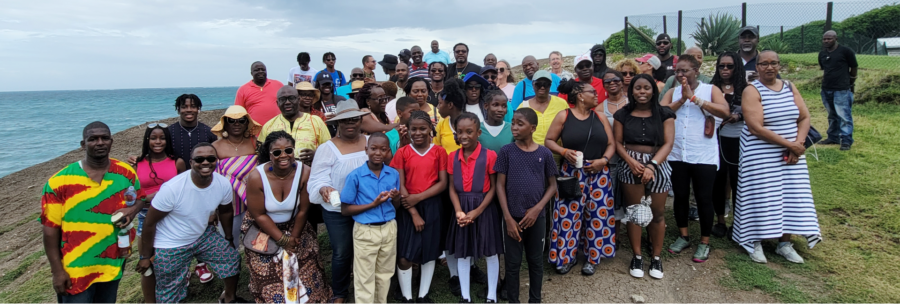
So Grand Bay would have been the home of some of the Temnes from Sierra Leone who would have danced to the “Temne Woman-o” song and thus created the “Temne Nation” as part of the Big Drum nations of Carriacou, their new home. Gathered around an abandoned well that was built by the enslaved on the estate, maybe even the Temnes, I told the story of how Temne captives made Carriacou their new home by embedding themselves in the cultural landscape with their memories of Salone (the rendition of Sierra Leone in Krio). After the stories, Jack Iron rum and water were brought out for the pouring of libations or “wet the ground” to honour the ancestors who laboured, suffered, and celebrated here, especially the Temnes. There was a little debate about the pouring of the libations as the Sierra Leoneans did it slightly differently than in Carriacou or so it seemed, but once the Jack Iron started flowing the debate got lost when the spirits took over!
With the minutes and hours quickly disappearing with the excitement of being on Carriacou, we hurried to the next and final stop, a celebration of the Temne songs in the Big Drum. The Carriacou Carib Organisation begun in 1975 by Christine David, came to perform for the Sierra Leones at the Mermaid Hotel in Hillsborough. We were joined by locals who wanted to share in this unique experience. As the drums began to beat and the dancers twirled their skirts and moved their feet, the excitement filled the open space overlooking Hillsborough Bay and the old jetty that would have seen many bounded Temne captives being brought ashore. Tinged with the awful thought of the pain experienced by these “Temne Women-O,” the drums attempted to drown out the melancholy as everyone joined in the celebration of the lives of those who had created these songs and danced these dances, if only to temporarily banish the pain of their captivity.

In the end, it was a celebration of the lives of the many enslaved, but especially of the Temnes, who had been forcibly brought to Carriacou where they had embedded themselves in the island’s unique cultural landscape and passed on a culture that connects them and the people of Carriacou to ancestral origins in Sierra Leone. At least 2 of the Sierra Leonean visitors came up to me after and expressed how moved they were by this experience, especially hearing the songs and the drumming. It was like they had seen themselves, their Salone culture, dance and sing before their eyes, with one lady commenting that she had felt something special she had never felt before as the drums and dancing filled the room, filled her spirit. At the end, many joined in the dancing and singing as this unique gathering ended with goodwill among this group of people who had come as strangers less than 3 hours ago, but were leaving as friends, as family. It was a nice sunny day on Carriacou, and we got to do as much as we had hoped in the short time we had.
We will all remember this experience for a long time, how a small group of Sierra Leoneans made the journey from their homes in the US, Canada, and Sierra Leone to their adopted home on a tiny island in the Caribbean that had been the home of captive Temnes (who remain nameless) during slavery who made their presence felt for centuries after their disappeared from the island, but not forgotten as this celebration proved.
Thanks to Michael Jessamy, Heritage Officer in the Ministry of Tourism, Rina Mills of GTA and the rest of the GTA team for supporting this unique visit of what is most likely the largest group of Africans to visit Grenada and Carriacou at one time since the end of slavery and the last Africans were brought to Grenada between 1849 and 1865 as indentured Africans. Also, thanks to Leo Joseph for the use of the Mermaid Hotel.
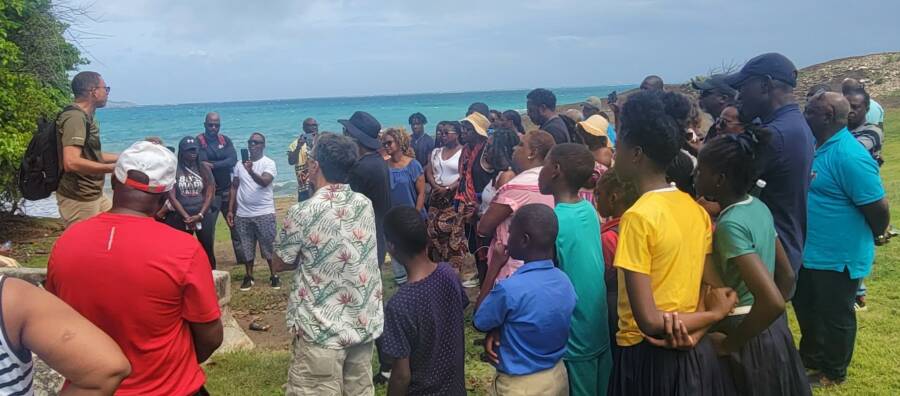


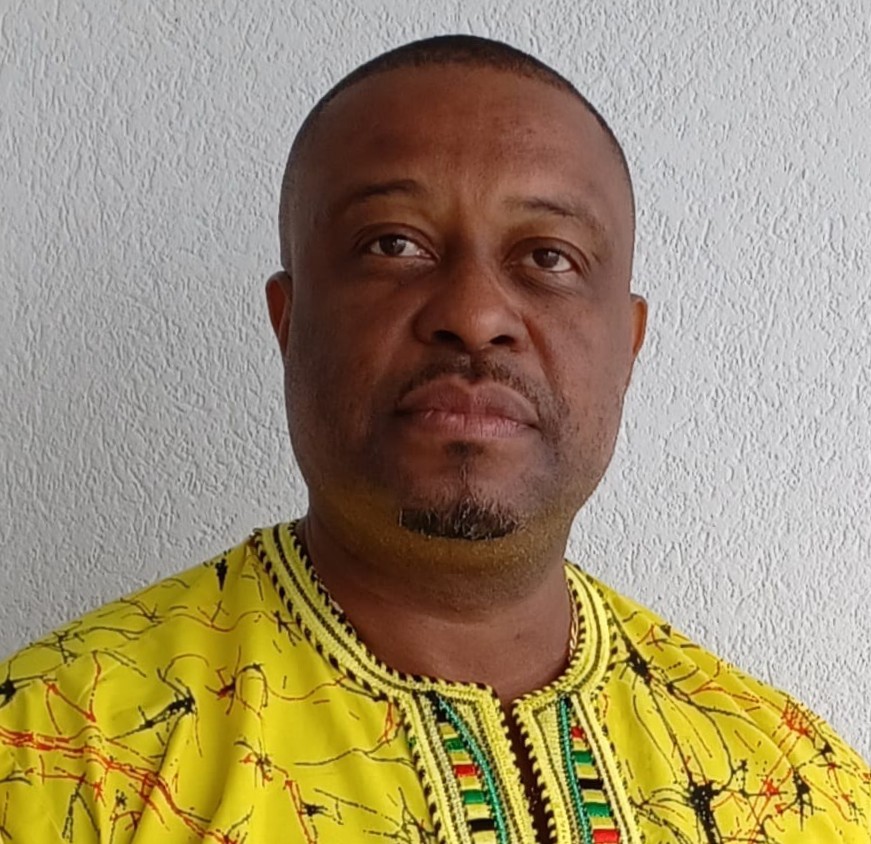

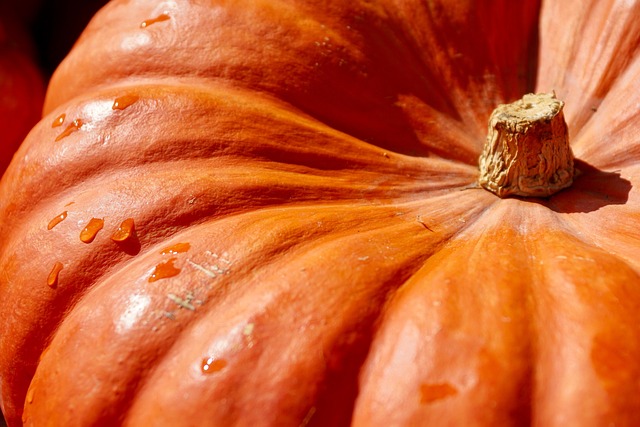
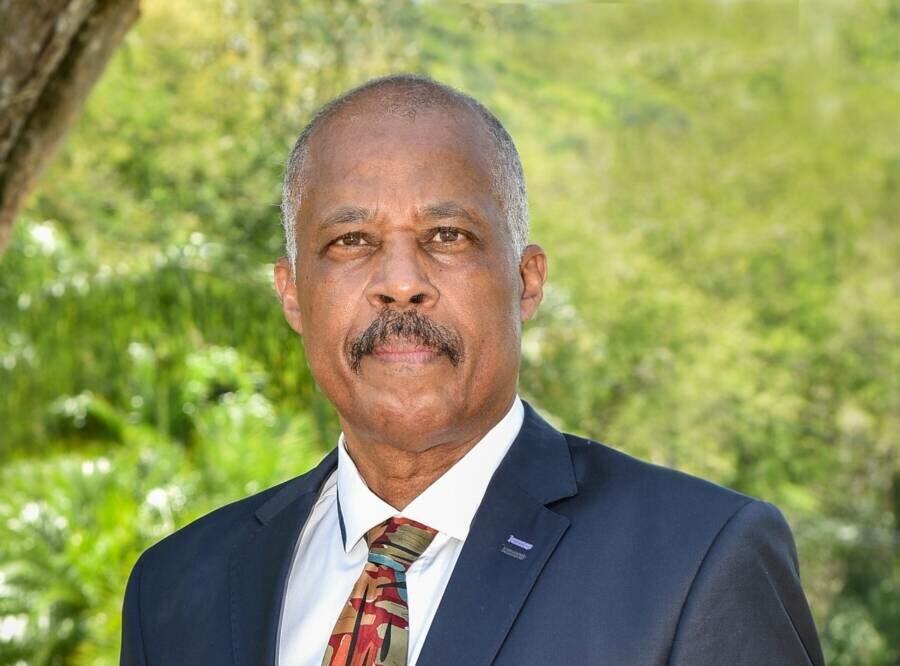




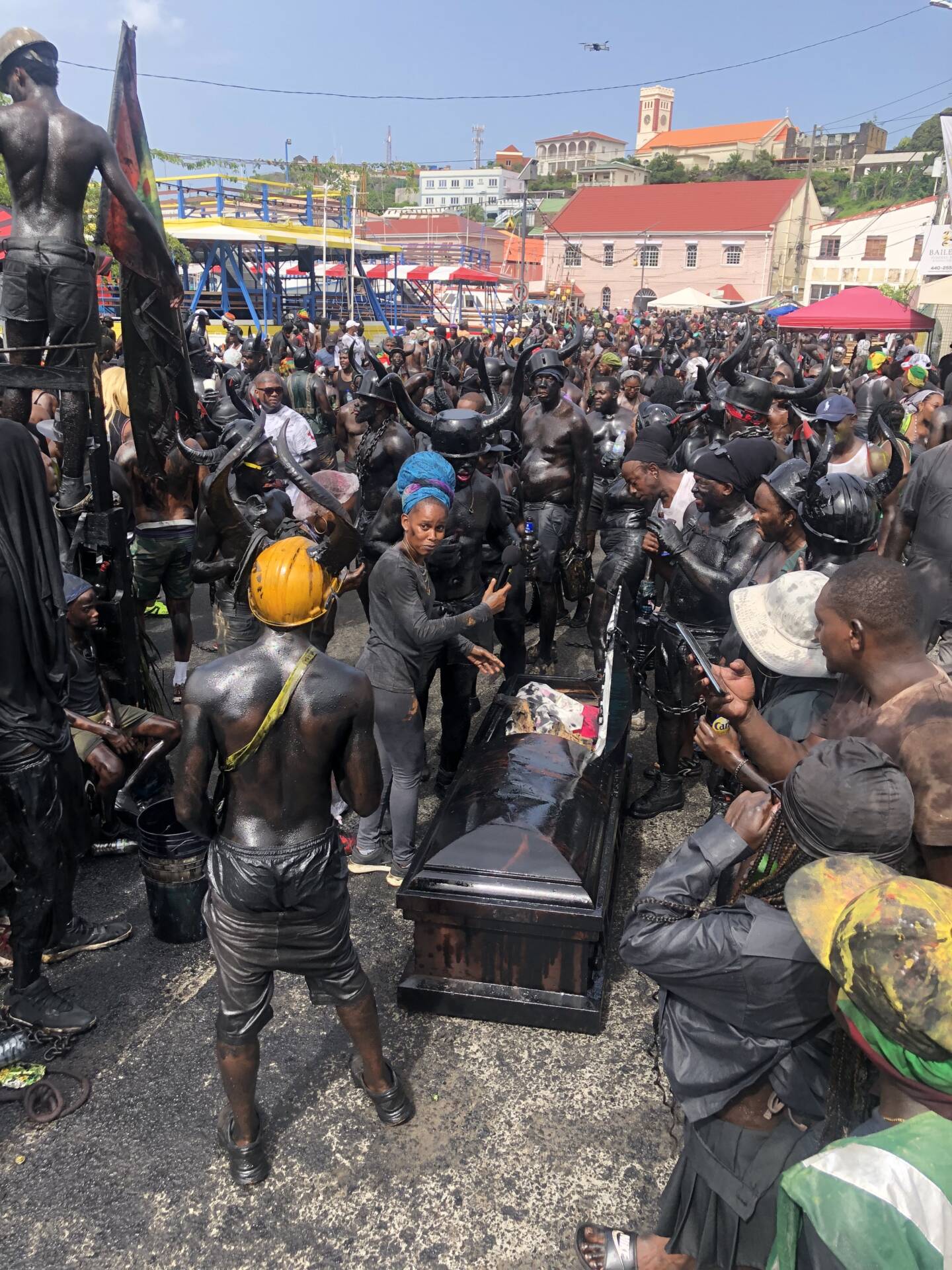
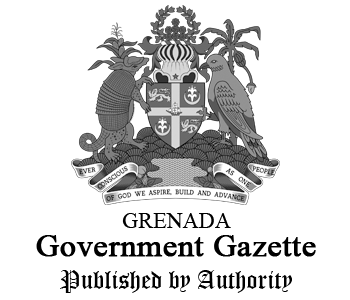






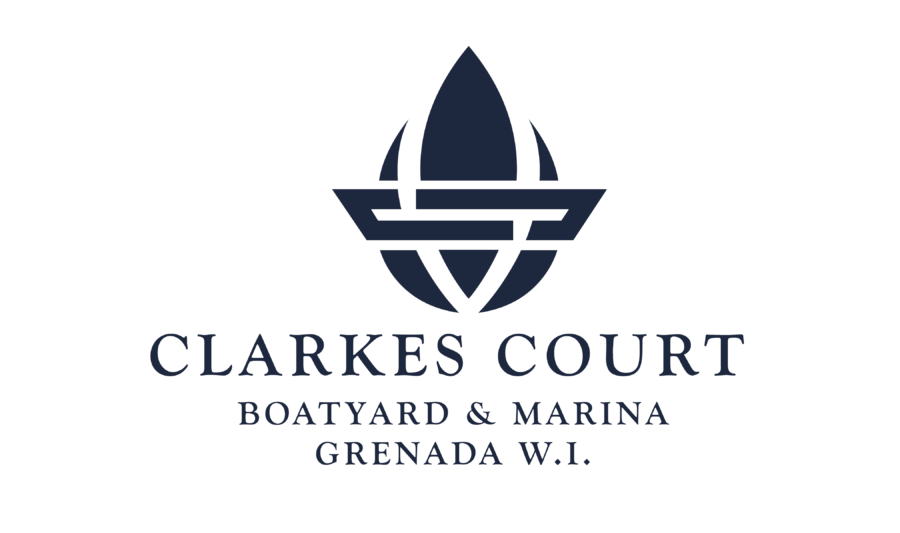

It’s nice to hear such stories. I suggest that there should be a strong link to forster mutual understanding and cohesion
Hi everyone, I’m Doris, It was so exciting to read, see, and hear about our Temne descendents in Carriacou. I’m a proud daughter of Port Loko and Makeni in Sierra Leone who resides in the USA. Let’s keep our heritage going because I’m proud to see our Sierra Leonean government come over to Carriacou to represent the motherland. God bless us all ❤
Mama Africa/Alkebulan bless you
I am a Temne by tribe and reside in Lunsar, North of Sierra Leone, 75 miles from Freetown.
This write up just dropped something in my stomach that whenever I am chanced should visit Carriacou before age catches me up!!
Thanks for the eye opening article about the Temnes in Carriacou.
Great story…